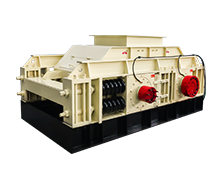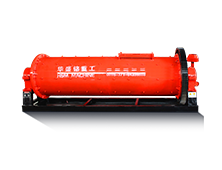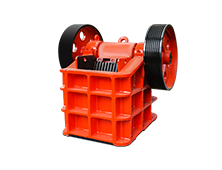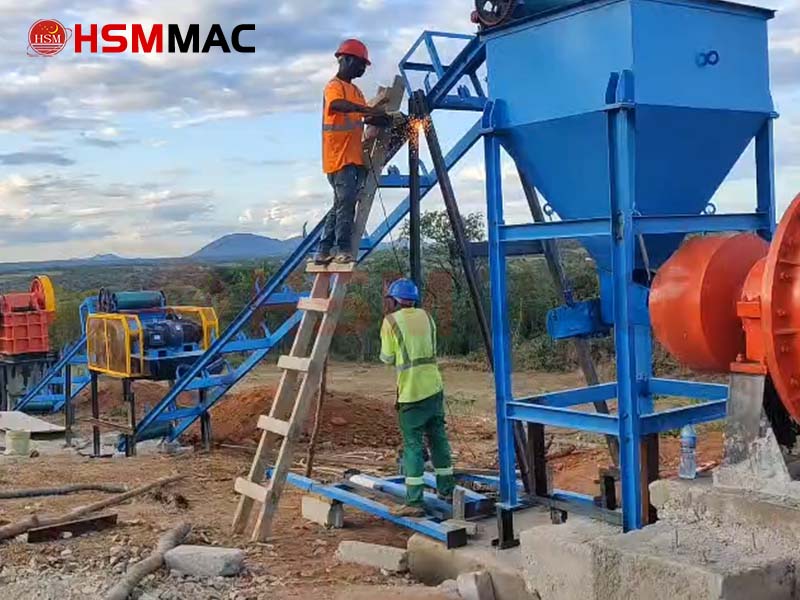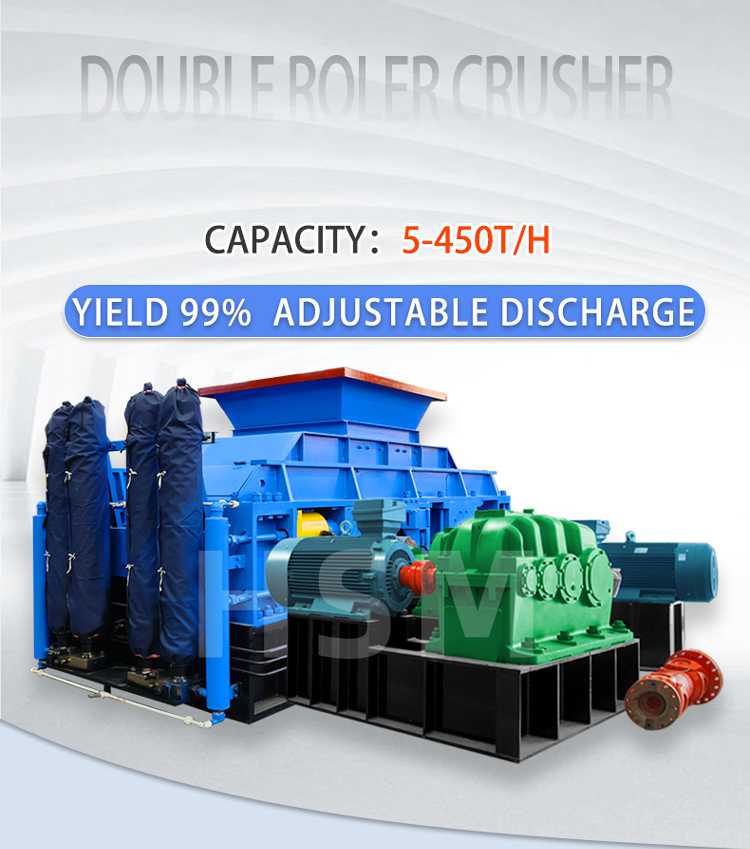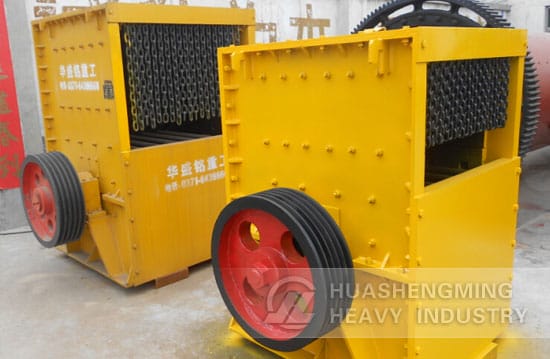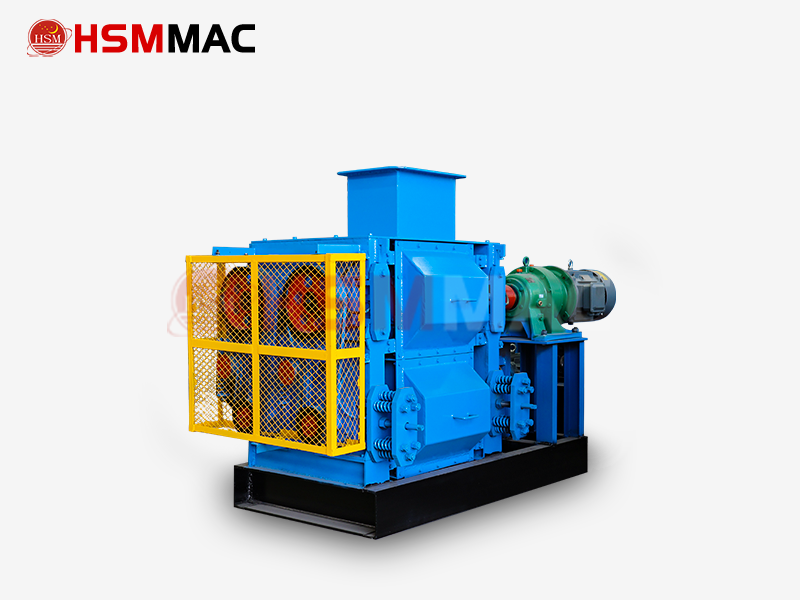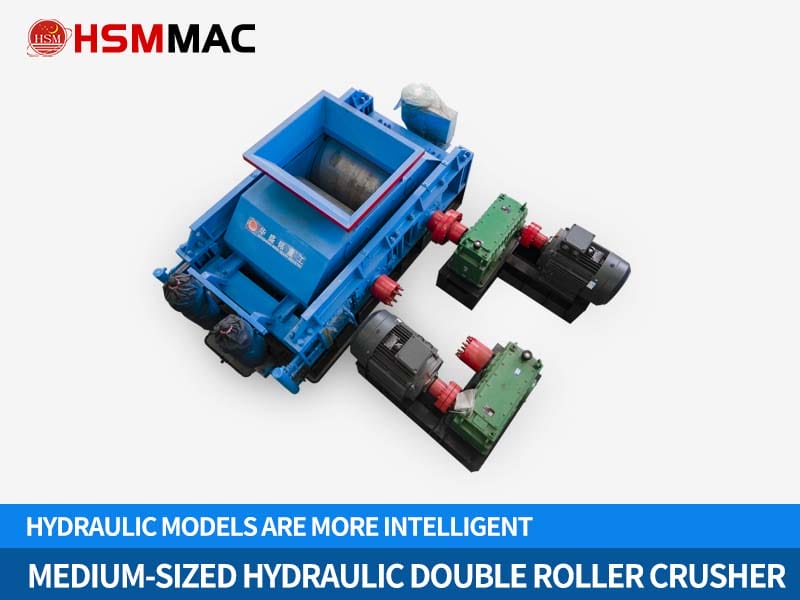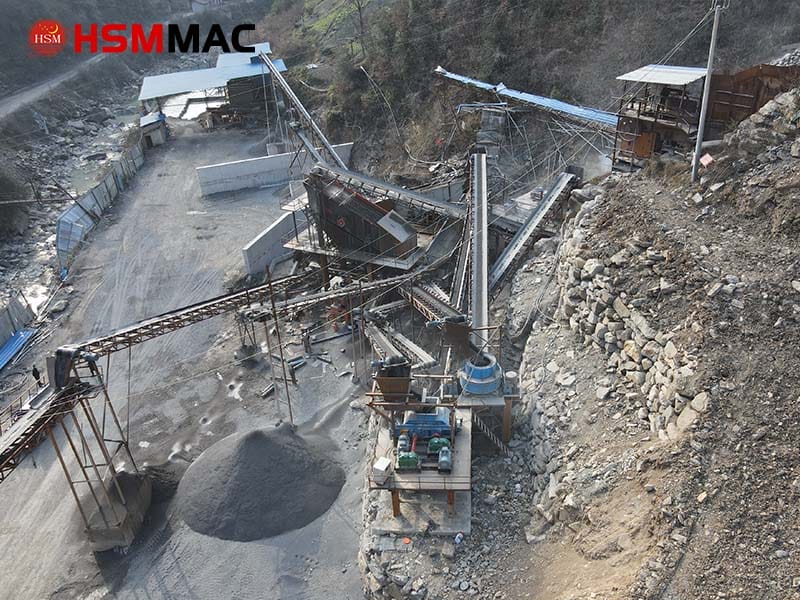Hydraulic double roll crusher offer significant advantages over spring double roll crusher in terms of technical performance, operational efficiency, and long-term economic benefits. The following is a systematic analysis:
1. Core Performance Comparison
Intelligent Adjustment and Precise Particle Size Control
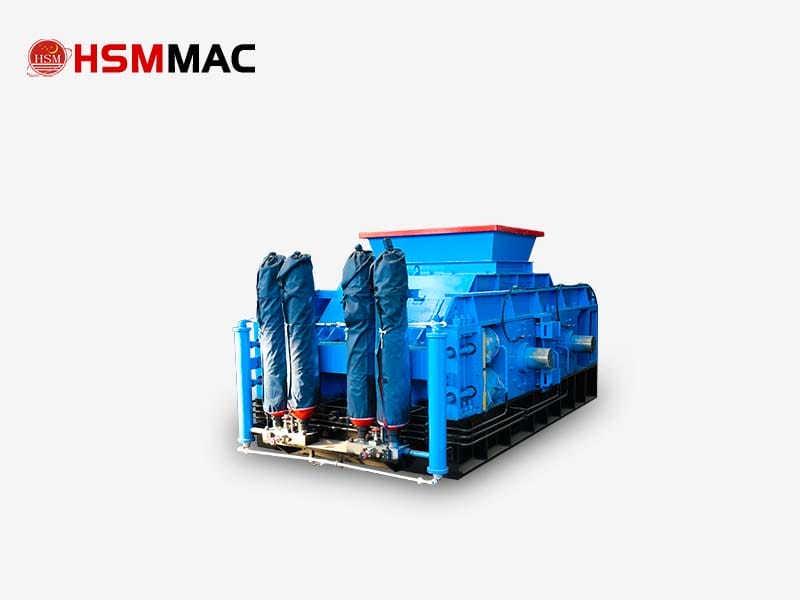
Hydraulic double roll crusher
Hydraulic system dynamic adjustment: The hydraulic cylinder adjusts the roller gap in real time (precision ±0.1mm), with an output particle size error of ≤3%, ensuring uniform particle shape of the finished sand and gravel (cubic particle ratio ≥95%).
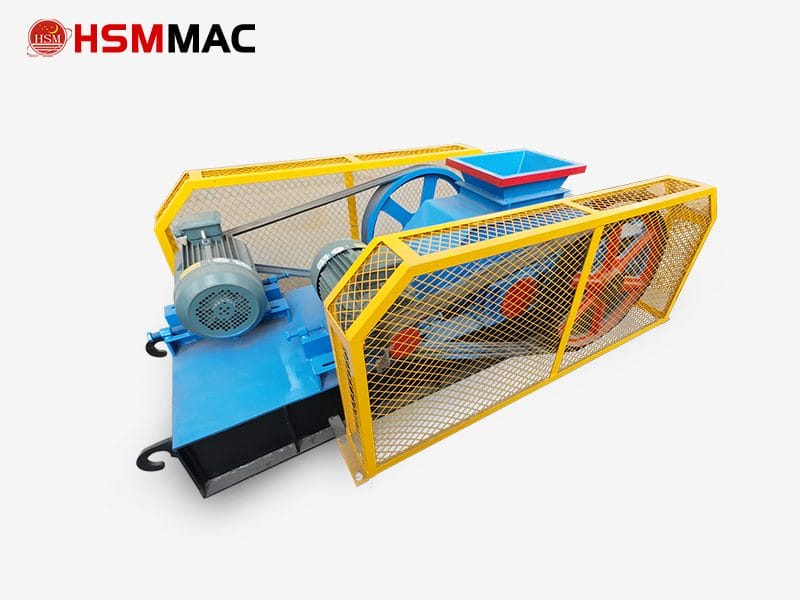
spring double roll crusher
Spring equipment limitations: Manual adjustment of spring tension is required, with an error of ≥10%, and frequent shutdowns are needed for adjustment after roller lining wear.
Efficient overload protection and stability
Hydraulic automatic avoidance: When encountering metal foreign objects or ultra-hard materials, the hydraulic system instantly increases the roller gap to expel the foreign object and automatically resets, reducing fault recovery time by 80%.
>Spring passive compression: Relying solely on spring cushioning, manual cleaning and reset are required after hard objects pass through, which may cause component deformation or breakage.
Significant energy savings and reduced consumption
Hydraulic transmission is 20%-30% more energy-efficient than mechanical transmission, with power consumption of only 0.8-1.2 kWh/ton (spring-type: 1.2-1.8 kWh/ton).
The hydraulic system dynamically adjusts power output to reduce idle energy consumption, lowering long-term operating costs by 30%-40%.
2. Long-term benefits and durability
Low maintenance costs & long service life
Hydraulic equipment: Roller surfaces use chromium-molybdenum alloy (hardness ≥ HRC60), requiring no replacement throughout their lifespan; hydraulic systems have low failure rates, with routine maintenance requiring only oil line inspections.
Spring equipment: High-manganese steel roller liners need replacement every 1-2 years, and spring aging requires frequent adjustments, increasing labor costs.
High Automation Level
The hydraulic system integrates PLC control, enabling one-button parameter adjustment and remote monitoring, reducing manual intervention (operable by one person).
Spring equipment relies on experience-based operation, has low automation levels, and manual errors can affect product quality.
Environmental Protection and Safety
Fully sealed structure + dust-proof plate design reduces dust leakage by 70%; noise level ≤85dB (spring equipment ≥90dB).
Hydraulic overload protection prevents sudden equipment damage, ensuring safe continuous production.
Selecting a hydraulic double-roll crusher:
If you prioritize high automation, precise particle control, long-term low-cost operation, and processing of hard rock (e.g., granite) or high-moisture sticky materials (e.g., construction waste), the hydraulic model offers superior overall benefits (recommended models: 2PGY1210, 2PGY1510).
Select spring-type double-roll crushers:
These are only suitable for medium-hard dry materials (e.g., limestone) and are ideal for small-scale sand plants with limited budgets and low automation requirements (e.g., 800×600 small spring-type machines).


